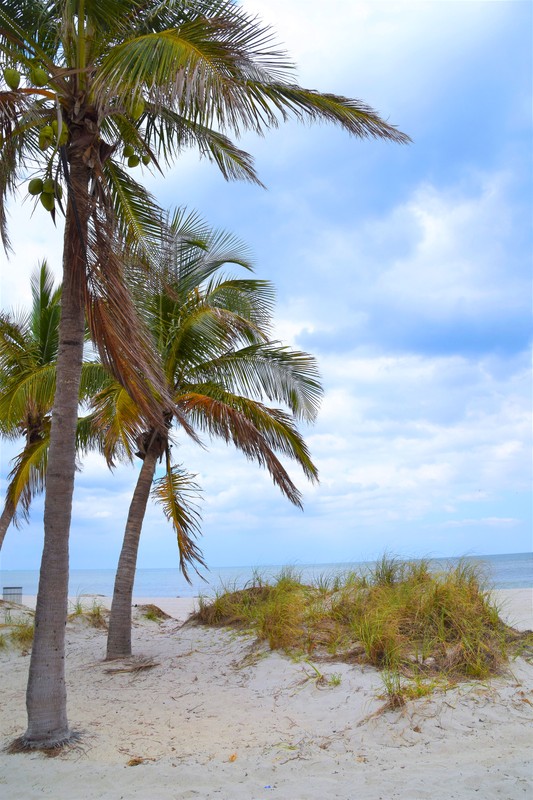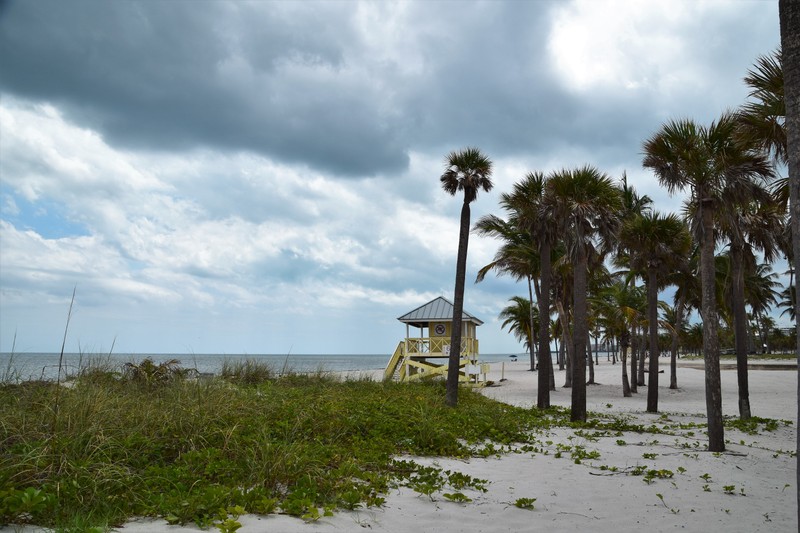Crandon Park: A Miami-Dade Heritage Park
Introduction
Text-to-speech Audio
This barrier island park features two miles of beach on its east side and Biscayne Bay, and its views of Miami, on the west. Boundaries included a unique fossilized mangrove reef, seagrasses, wetlands, coastal hammocks, and abundant wildlife. Amenities include gardens, a nature center, an Audubon-certified 18-hole golf course, marina, tennis center. bike paths, a historic carousel, and, of course, the beaches. Visitors enter the park on a designated State Historic Highway.
Images


Backstory and Context
Text-to-speech Audio
Originally purchased by Commodore William John Matheson, in 1908, 1,700 acres became the largest coconut plantation in the U.S. By 1921 the plantation had more than 36,000 trees.
In 1940, Miami-Dade's Matheson family expanded their philanthropic protection of the area's unique and beautiful shoreline with the donation of the acreage along the north side of Key Biscayne. The gift was restricted for use as a public park. In exchange, the country agreed to build a causeway to connect the Key to the mainland and in 1947, the new Crandon Park and Rickenbacker Causeway were opened to the public.
The Mathesons weren't the first to inhabit Key Biscayne, that claim can most likely be made by the Tequesta Indians that inhabited the area for generations. Archeological materials have been found in the Park in recent years, thanks to the help of Hurricane Andrew in 1992. In the 1500s the island was visited by Spanish explorers Ponce de León and Pedro Menéndez de Avilés. Avilés was the first colonial governor of Florida.
The park was also home to Crandon Zoo, which opened after World War II, which eventually evolved into Zoo Miami at an expanded location on the mainland.
Sources
Buchsbaum, Karen. Can You Name Miami-Dade's Seven Heritage Parks?. August 1st 2018. 32 - 33
, Miami-Dade County. Crandon Park, Accessed March 4th 2022. https://www.miamidade.gov/parks/library/crandon-heritage-history.pdf.
